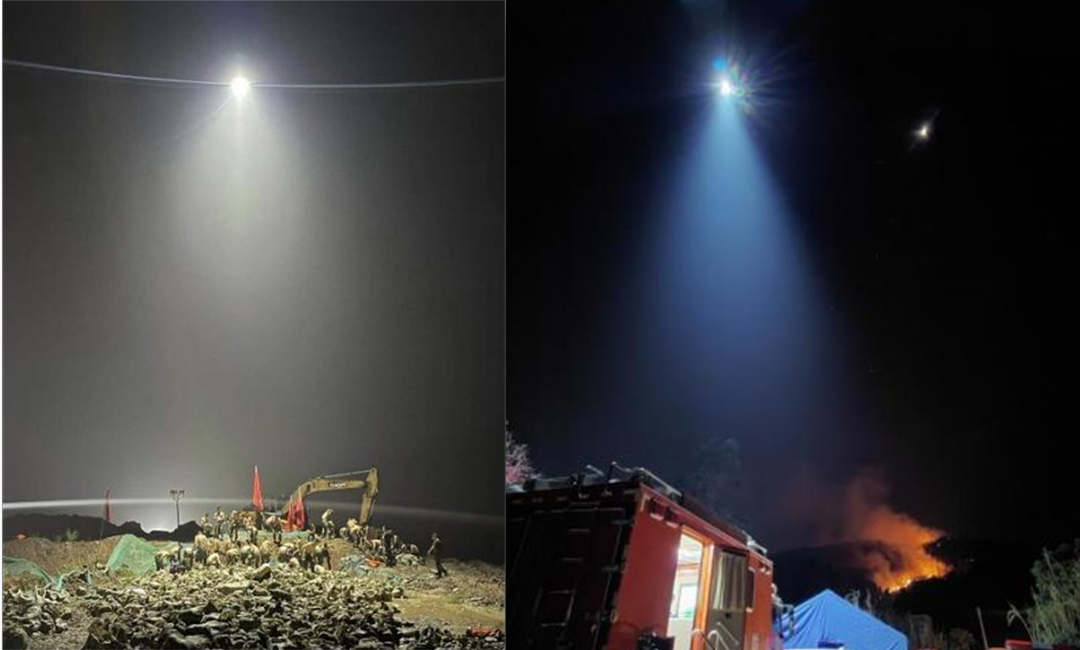The tethering system is a solution that enables drones to obtain uninterrupted energy by connecting them to a ground power system via a fiber-optic composite cable. So far, the most widely used multi-rotor drones in the market still use lithium batteries, and the short battery life has become a short board of multi-rotor drones, which has been subject to many limitations in terms of application in the industry market. Tethered systems offer a solution to the Achilles heel of drones. It breaks through of drone endurance and provides energy support for the drone to stay in the air for a long time.
Tethered drones are capable of hovering in the air for long periods of time without interruption, as opposed to drones that get their energy by carrying their own batteries or fuel. The tethered drone is simple to operate, with automatic take-off and landing and autonomous hovering and autonomous following. Moreover, it can carry various types of optoelectronic and communication application payloads, such as pods, radars, cameras, radios, base stations, antennas, etc.
Application of tethered systems to drone for rescue and relief efforts
Wide-range, large-area illumination
The drone is capable of carrying a lighting module to provide uninterrupted lighting during nighttime rescue and relief work, ensuring the safety of nighttime operations.
data communication
Tethered drones can create temporary wide-range networks that propagate cellular, HF radio, Wi-Fi and 3G/4G signals. Hurricanes, tornadoes, extreme precipitation and flooding can cause power outages and damage to communication base stations, the drone tethering systems can help disaster-stricken areas communicate with outside rescuers in a timely manner.
Advantages of tethered systems for drone rescue and relief efforts
Provides a direct view
Earthquakes, floods, landslides, and other disasters can cause roadways to be blocked, making it time-consuming for rescuers and rescue vehicles to enter the affected area. Tethered drones provide a direct view of inaccessible areas affected by adverse weather conditions, while helping responders spot real-time hazards and victims.
Long-term deployment
Long-time operation, lasting for hours. Breaking through the limitation of the duration of the drone, it can realize all-weather stationary air operation and play an irreplaceable role in rescue and relief.

Post time: Jun-03-2024


